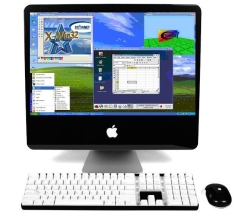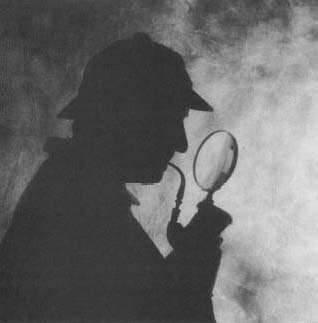While upgrading Fink from the the 10.4-Transitional branch to the 10.4 final branch you may get an error similar to this after running update.pl:
Can’t locate Fink/Bootstrap.pm in @INC (@INC contains: /System/Library/Perl/5.8.6/darwin-thread-multi-2level /System/Library/Perl/5.8.6 /Library/Perl/5.8.6/darwin-thread-multi-2level /Library/Perl/5.8.6 /Library/Perl /Network/Library/Perl/5.8.6/darwin-thread-multi-2level /Network/Library/Perl/5.8.6 /Network/Library/Perl /System/Library/Perl/Extras/5.8.6/darwin-thread-multi-2level /System/Library/Perl/Extras/5.8.6/Library/Perl/5.8.1/darwin-thread-multi-2level /Library/Perl/5.8.1 .) at ./update.pl line 36.
To fix the problem, execute the script with this command:
sudo env PERL5LIB=$PERL5LIB ./update.pl
You may need to add the “/sw/lib/perl5/Fink” to your PERL5LIB environment variable which can be modified by editing your .bash_profile file in your home directory.


